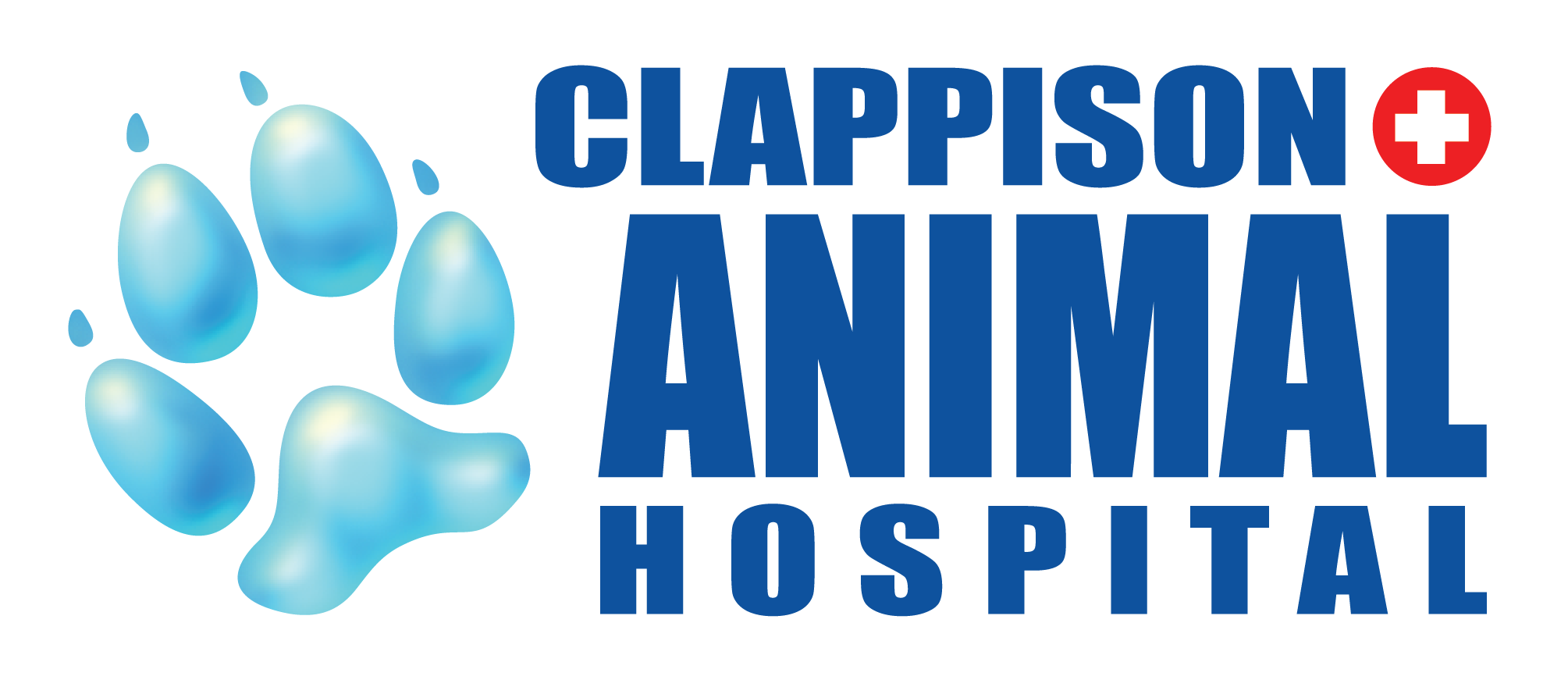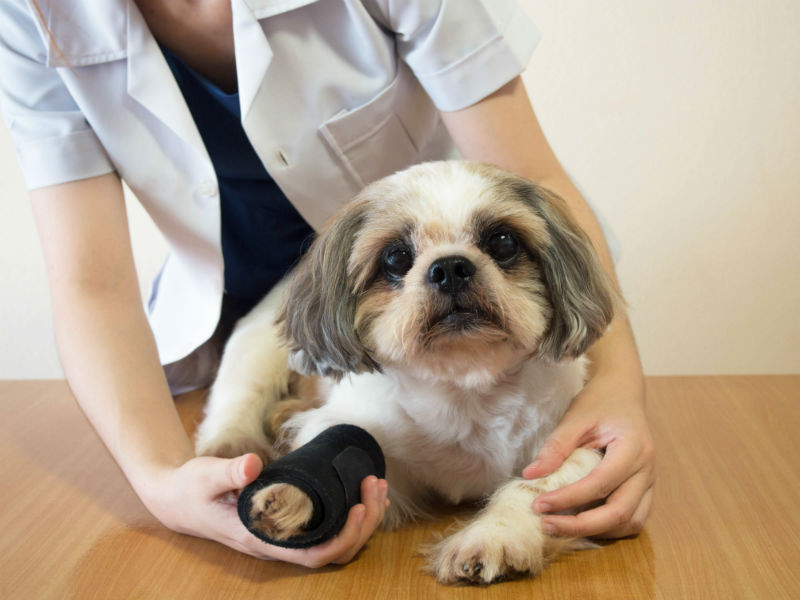The joint between the thigh bone (the femur) and the two lower leg bones (tibia and fibula). It is the equivalent of the knee in humans.
A ligament is a band of connective or fibrous tissue that connects two bones, or cartilage, at a joint; the cranial cruciate ligament is the ligament that connects the thigh bone with the lower leg bone – it helps to stabilize the stifle joint. Cranial cruciate rupture is the tearing of the cranial cruciate ligament; it is the most common cause of rear-leg lameness in dogs and a primary cause of degenerative joint disease in the stifle joint; rupture may be partial or complete.
Symptoms
A decrease in muscle mass and weakening of muscles in the rear leg – especially the quadriceps muscle group, would be an indication that the leg is not being used correctly and the muscles are suffering as a result. Progressive and permanent deterioration of joint cartilage will result if the condition is left untreated, due to ongoing inflammation.
Causes
Cruciate ligament disease is most frequently caused by repetitive injury to the area that is, putting pressure on the ligament in the same way, repeatedly. This action causes slight stretching of the ligament each time, altering the structure, and eventually causing the ligament to tear. Obesity also plays a role in cruciate ligament disease, when it is present, as the weight increases the incidence of repetitious injury to the same part of the leg.
Some incidents may cause deterioration of the cruciate are an injury to the stifle joint. Also a history of athletics, where repetitive movement can cause stress to the ligaments; a specific traumatic event, as bad form on a jump, or any accident that causes the ligament to tear; a knee injury, such as dislocation of the kneecap.
Keep your dog safe and make sure you watch carefully for any signs of limping. If noted keep your dog rested and see your veterinarian make sure your dog has not injured themselves.
Written by Christine Attridge-Hardy, Practice Manager




